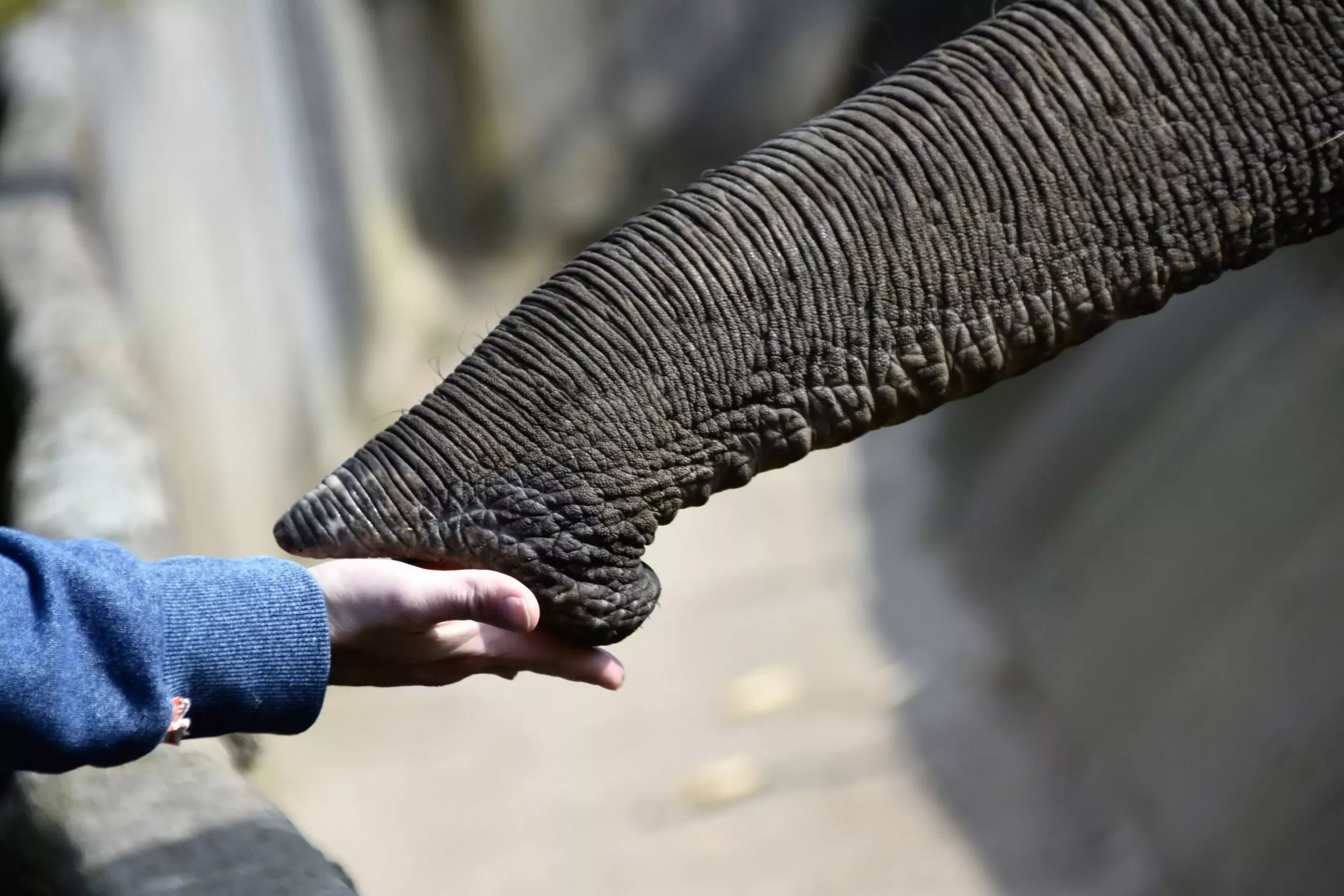The study conducted by researcher Pauline Costes and her team on the pinching force exerted by the tip of an elephant’s trunk sheds light on the amazing capabilities of these gentle giants. The unique function of an elephant’s trunk goes beyond basic tasks like eating and drinking; it is a multifaceted tool that allows for intricate movements and interactions with the environment. The trunk’s ability to grasp objects with precision using techniques such as suction, pinching, and wrapping is a testament to the complex muscle structure and sensory capabilities it possesses.
The findings of the study have broader implications for the field of robotics and bio-inspired technology. By understanding the mechanisms behind the pinch force exerted by an elephant’s trunk, researchers can improve the design of soft grippers for robots. The ability to pick up small objects with high precision is essential for robots performing tasks in various industries, such as medicine, industry, research, exploration, and agriculture. The adaptation of soft grippers based on the flexibility and deformability of an elephant’s trunk allows for enhanced performance in cluttered and unpredictable environments.
One of the intriguing aspects of the study was the discovery of the difference in force between the two “fingers” at the tip of an elephant’s trunk. This subtle but significant variation had not been previously studied and adds another layer of complexity to the understanding of how elephants manipulate objects. By creating a device to measure the pinch force and conducting tests with force sensors, the researchers were able to observe how elephants grip objects in different orientations and how the position of the trunk influences the force exerted.
The process of conducting the study presented its own set of challenges, from setting up the experimental equipment to training the elephants for the tests. The researchers had to design a box fitted with force sensors and an electronic system to measure the pinch force accurately. The reward system involving the release of apples for successful pinching provided motivation for the elephants and enabled the collection of data needed for the study. Spending time at the zoo and working closely with the captive elephants not only yielded valuable scientific insights but also enriched the lives of these animals through stimulating activities.
Beyond the immediate implications for robotics and technology, the study also has significant implications for elephant conservation. By understanding how elephant trunk grasping techniques vary among different groups of elephants living in different habitats, researchers can gain insights into how climate change may impact their feeding behavior. This knowledge is crucial for conservation efforts aimed at preserving the natural habitats of elephants and ensuring their survival in the face of environmental challenges.
The research on the pinching force of an elephant’s trunk exemplifies the fascinating intersection of biology, technology, and conservation. By studying the intricate mechanisms of an elephant’s trunk, researchers have not only enhanced our understanding of these magnificent animals but have also opened up new possibilities for innovation in robotics and technology. The study serves as a reminder of the importance of interdisciplinary research in unlocking the secrets of the natural world and applying that knowledge to address real-world challenges.


Leave a Reply